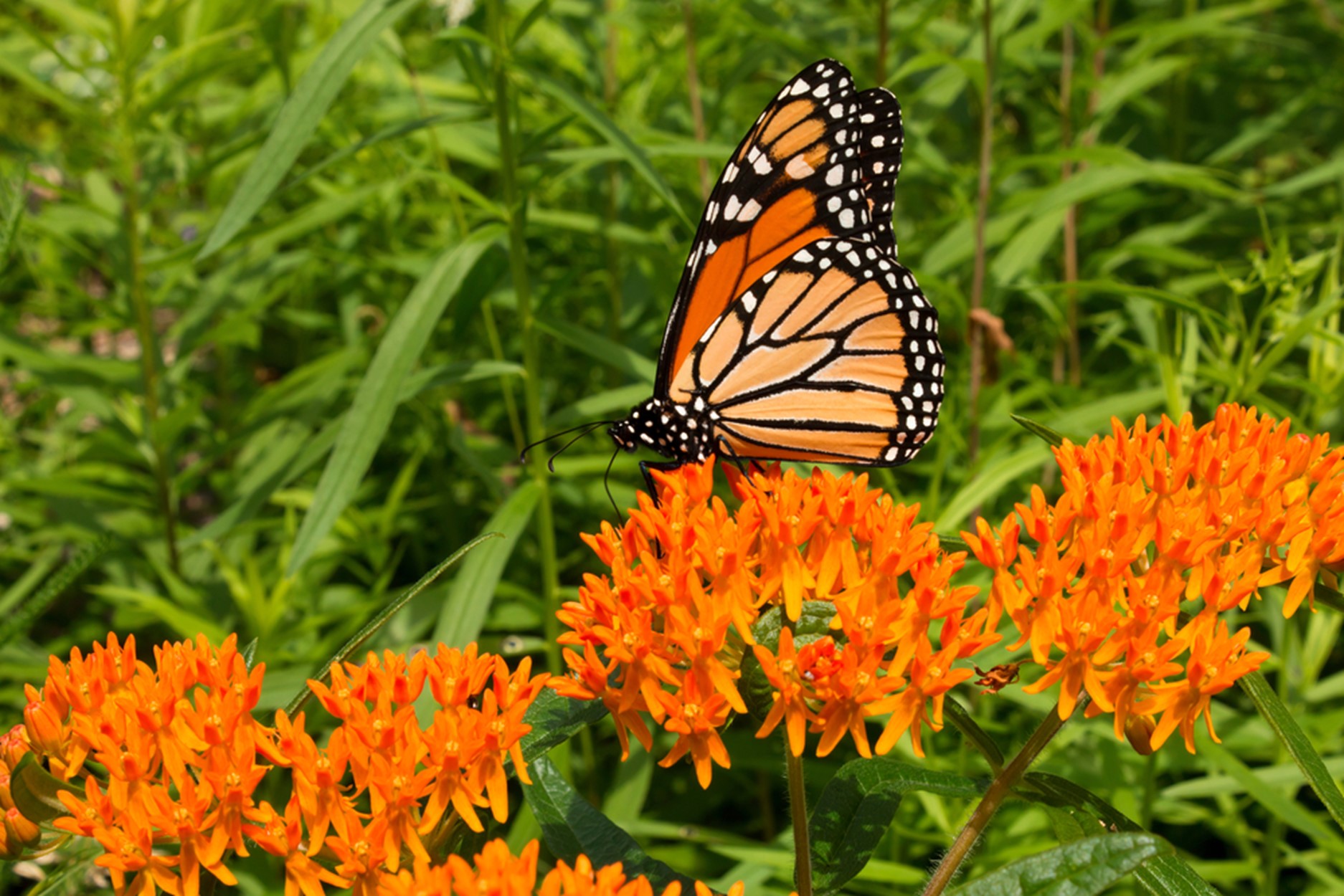Creating a backyard sanctuary for wildlife is a rewarding endeavor. Not only does it provide a haven for local fauna, but it also creates a vibrant and dynamic environment for you to enjoy. The key to attracting wildlife is choosing the right plants. When we plant for wildlife, we’re not just helping local animal species but the planet itself. Let’s delve into how to select plants that will turn your backyard into a wildlife paradise.
Understanding the Importance of Native Plants
Before we get into the specifics, it’s important to understand why buying native plants is crucial for wildlife.
- Food Source: Native plants provide nectar, seeds, nuts, fruits, and leaves that serve as food for a variety of wildlife.
- Shelter and Nesting: They offer shelter from predators and harsh weather, and many species use them for nesting materials and sites.
- Sustainability: Native plants are adapted to local climate and soil conditions, making them more sustainable than non-native species.
Choosing the Right Plants for Wildlife
When selecting plants for your backyard sanctuary, consider the following:
- Diversity: Include a variety of plants to attract a wide range of wildlife. This should include trees, shrubs, grasses, and flowering plants.
- Seasonality: Choose plants that provide resources throughout the year. Some animals hibernate or migrate, but many need food and shelter year-round.
- Layering: Mimic nature by layering your plants. Tall trees, understory trees, shrubs, and ground cover all provide different types of habitat.
Top Plants to Consider
Here are some plant suggestions known to attract and support wildlife:
- Berry Bushes: Plants like blackberries, raspberries, and elderberries provide food for birds and small mammals.
- Flowering Plants: Choose native flowering plants like coneflowers and milkweed to attract pollinators.
- Grasses and Sedges: These provide cover for small mammals and insects and seeds for birds.
Creating a Wildlife-Friendly Layout
Once you’ve chosen your plants, consider how you’ll arrange them.
- Clusters: Plant in clusters to create larger areas of color and scent to attract wildlife.
- Water Source: Include a water source, such as a birdbath or pond.
- Shelter: Provide places for wildlife to hide and take shelter. This could be a log pile, a birdhouse, or a butterfly house.
Maintaining Your Backyard Sanctuary
Once your sanctuary is established, maintenance is key.
- Avoid Chemicals: Pesticides can harm the wildlife you’re trying to attract. Use organic methods to deal with pests.
- Leave the Leaves: They provide a habitat for insects and enrich the soil as they decompose.
- Water Wisely: Overwatering can lead to disease. Water deeply but infrequently to encourage deep root growth.
Encouraging Wildlife Interaction
Once your backyard sanctuary is set up, you can take simple steps to encourage more wildlife interaction.
- Bird Feeders: Installing bird feeders can attract a variety of bird species. Different feeders and food types will attract different species, so consider having a mix.
- Insect Hotels: These structures provide a safe space for beneficial insects to breed and overwinter. They’re particularly good for attracting pollinators like bees and butterflies.
- Wildlife Cameras: Setting up a wildlife camera can give you a fascinating insight into the creatures visiting your garden. It’s especially useful for spotting nocturnal or shy animals.
The Benefits of a Wildlife Sanctuary
Creating a backyard sanctuary isn’t just good for wildlife; it has benefits for you too.
- Educational: It’s a fantastic way to learn more about nature and local wildlife. It’s especially beneficial for children, fostering an early interest in the natural world.
- Therapeutic: Spending time in nature has been shown to reduce stress and improve mental health. Your backyard sanctuary can become a peaceful retreat.
- Environmental: By creating a wildlife-friendly garden, you’re contributing to biodiversity and helping to support local ecosystems.
Sharing Your Sanctuary
Once you’ve established your backyard sanctuary, consider sharing it with others. This can be a rewarding way to spread the love for nature and inspire others to create their own wildlife-friendly spaces.
- Garden Tours: Invite friends, family, or local community groups for a tour of your backyard sanctuary. Share your knowledge about the plants and wildlife you’ve attracted.
- Social Media: Document your journey on social media. Post photos of your plants and the wildlife visitors. This can inspire others and create a community of like-minded nature lovers.
- Citizen Science: Participate in citizen science projects. Many organizations run projects that rely on ordinary people reporting their observations of wildlife, contributing to important scientific research.
Sharing your sanctuary can help spread awareness about the importance of supporting local wildlife. It’s a wonderful way to connect with others, share your passion, and contribute to a broader understanding of our natural world.
Start Planting!
Remember, creating a wildlife sanctuary is a rewarding experience that brings you closer to nature. It’s a journey of discovery as you learn more about the wildlife in your area and the plants they prefer. So, start small, and grow your sanctuary over time. Enjoy the process; before you know it, you’ll have a backyard bustling with wildlife.
image source :Source





Be First to Comment